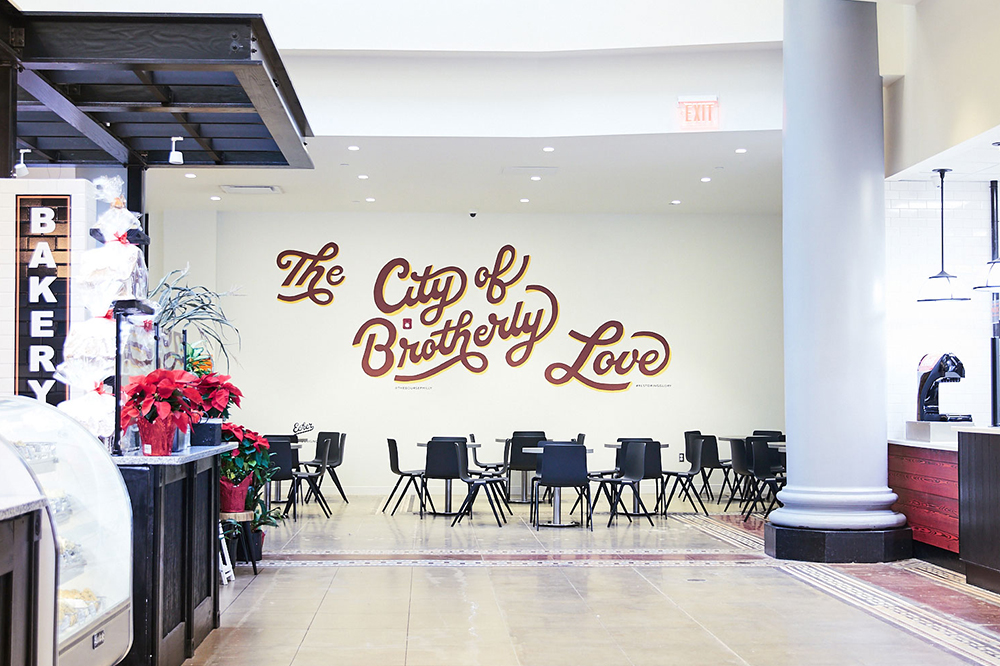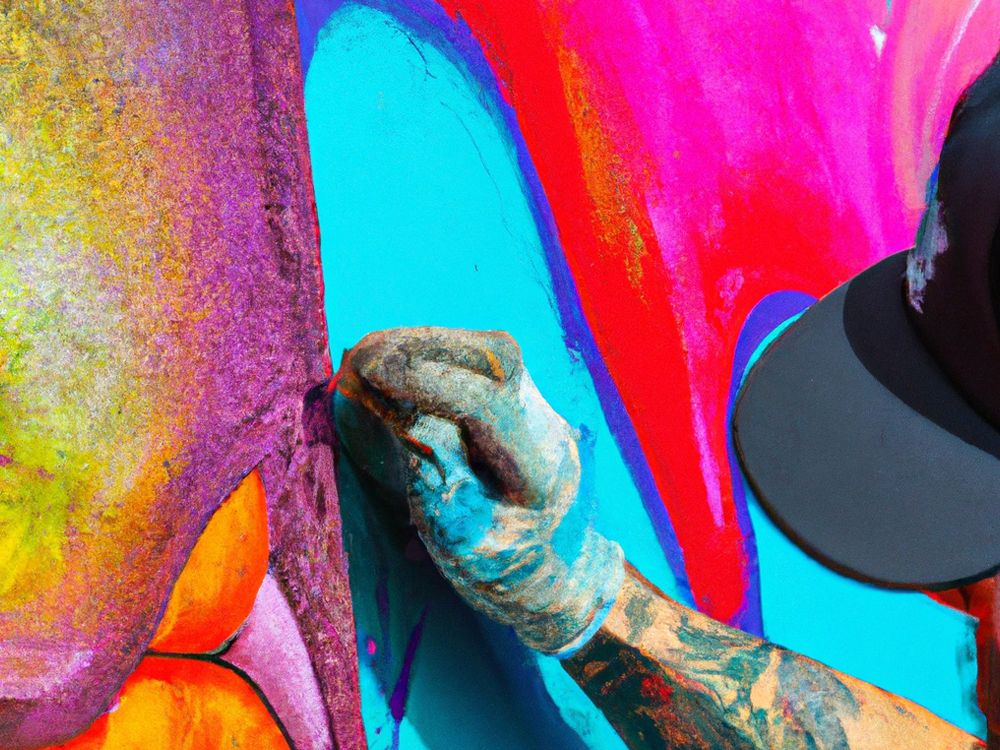
If I Hire a Muralist, Who Owns the Mural?
Mural art can transform a blank wall into a captivating work of creativity and self-expression. However, when you hire a muralist to create a mural on your property, questions may arise about ownership, rights, and responsibilities. In this blog post, we delve into the intriguing question: “If I hire a muralist, who owns the mural?” We’ll explore the legal and ethical aspects to help property owners and artists understand their roles and rights in the process.
1. Understanding Copyright Laws
In many cases, the copyright to the mural generally belongs to the artist, as they are the creator of the original artwork. This means the muralist has the right to reproduce, display, and license their work, unless other arrangements have been made.
2. Clear and Written Agreements
To avoid potential conflicts, it’s crucial to establish a clear and written agreement between the property owner and the muralist before work begins. This agreement should specify who owns the mural, how it can be used, and any compensation terms.
3. Work-for-Hire Agreements
In some cases, property owners may commission the muralist as a work-for-hire, which transfers ownership of the mural to the property owner upon completion. However, specific legal criteria must be met for a work-for-hire arrangement to be valid.
4. Moral Rights of the Artist
Even when property owners legally own the mural, artists may retain moral rights, which include the right to claim authorship of the work and the right to object to any distortion, mutilation, or modification that may harm their reputation.
5. Licensing Agreementse
Property owners and artists may also consider licensing agreements, which allow artists to maintain ownership while granting specific rights to property owners for a set duration or purpose. Licensing provides flexibility and can be a win-win solution.
6. Public Art and Regulations
In cases where the mural is considered public art or located in a community setting, additional regulations and agreements may apply. Municipal ordinances, public art programs, and community input can influence mural ownership and rights.
7. Permanent vs. Temporary Murals
The intended duration of the mural can impact ownership. Temporary murals may grant property owners more control, while permanent murals may have different legal considerations.
8. Documentation and Records
Both property owners and artists should keep thorough documentation of their agreements, correspondence, and any changes to the original terms. These records can be invaluable in case of disputes or misunderstandings.
9. Collaboration and Communication
Open and respectful communication between property owners and muralists is essential. Discuss your expectations, rights, and goals before the project begins to ensure a harmonious collaboration.
10. Seek Legal Advice
If in doubt or if the mural project involves complex legal considerations, it’s advisable to consult with legal counsel specializing in intellectual property and art law.
In summary, the question of mural ownership when you hire a muralist is a multifaceted issue. The ownership rights of a mural depend on the nature of the agreement, local regulations, and the intentions of both parties. To avoid potential conflicts and ensure a positive collaboration, clear agreements and open communication are essential. Understanding the legal and ethical aspects of mural ownership is key to appreciating the beauty of these art forms while respecting the rights of artists and property owners.
Sorry, the comment form is closed at this time.




